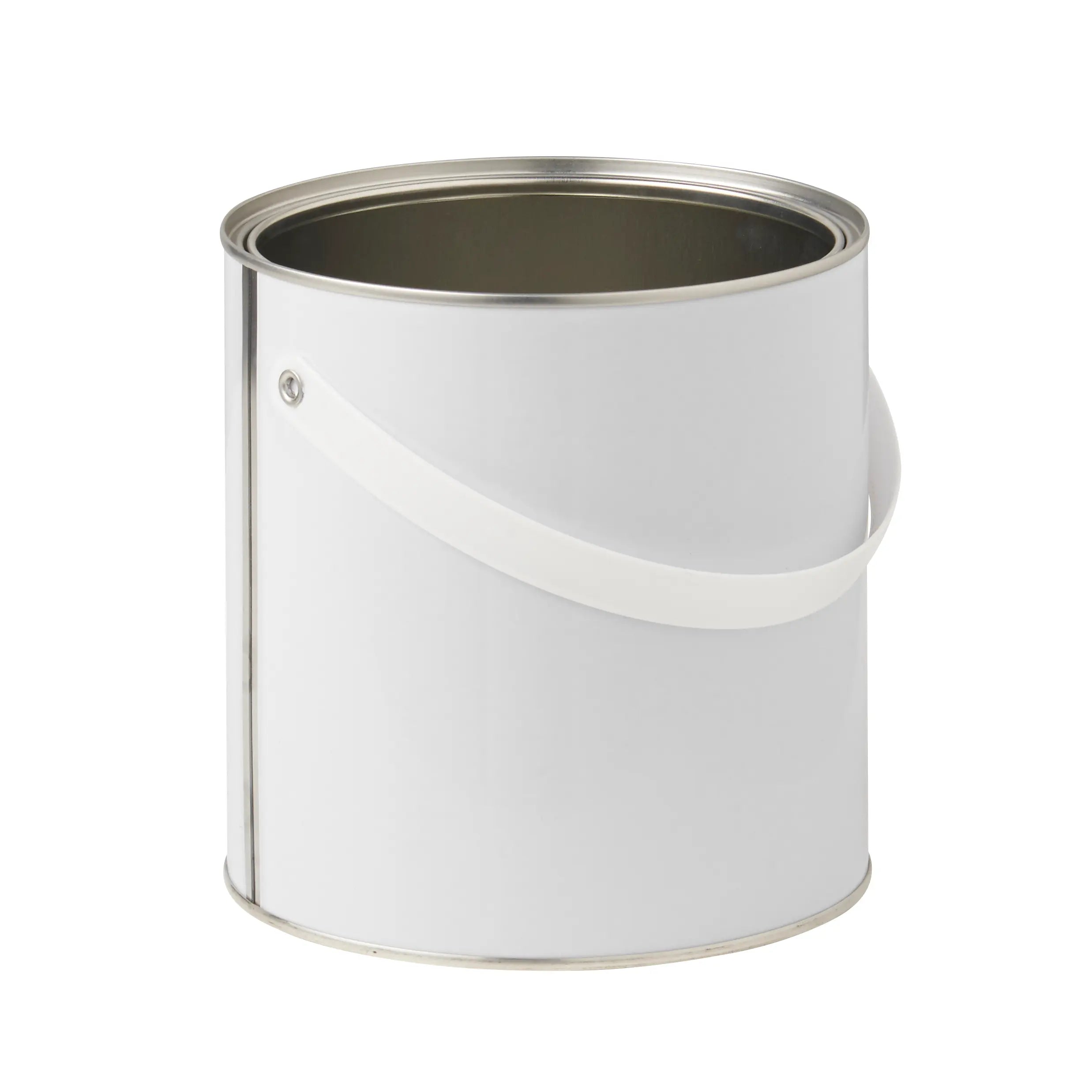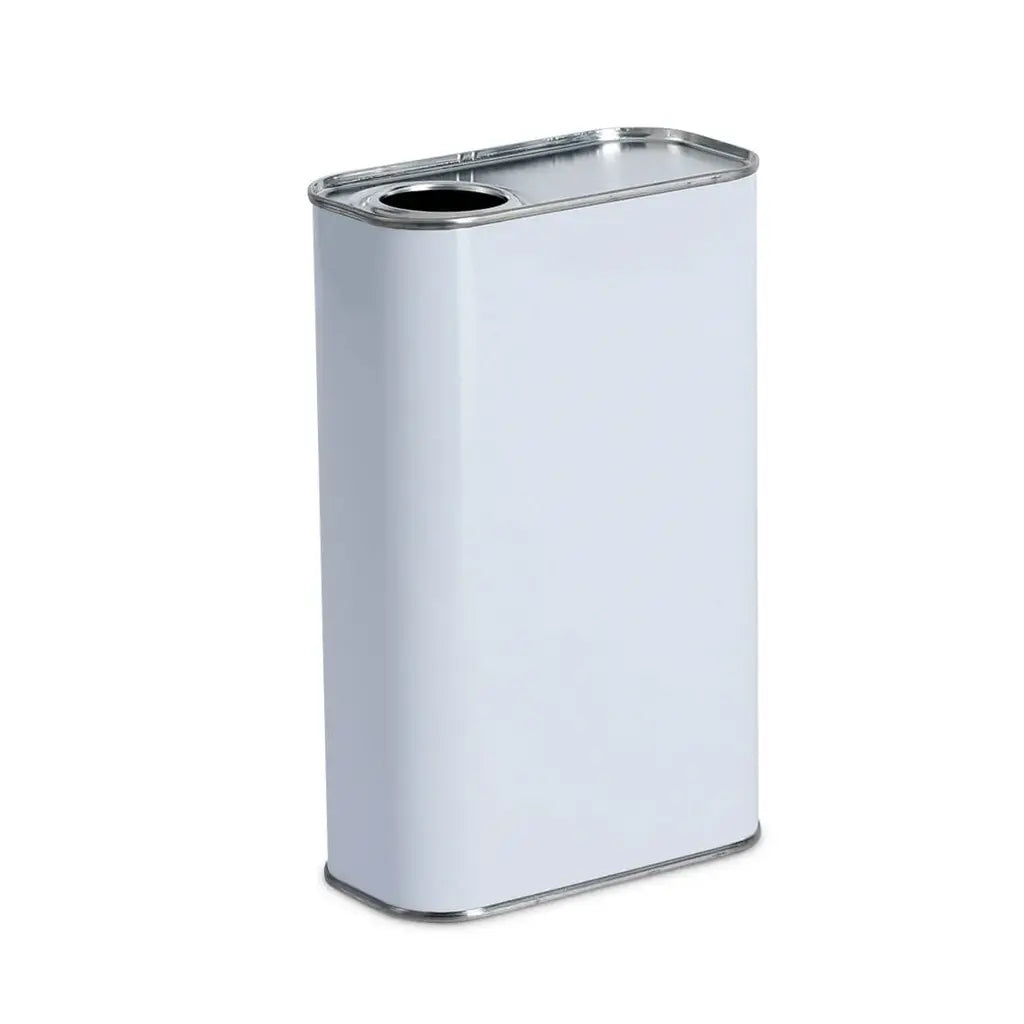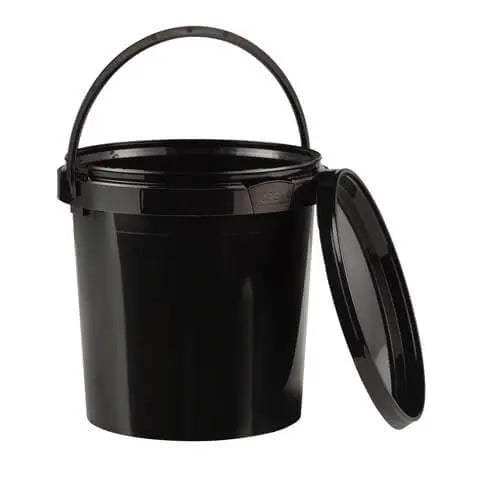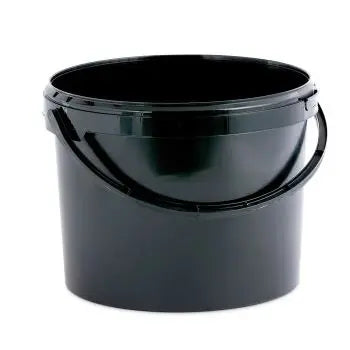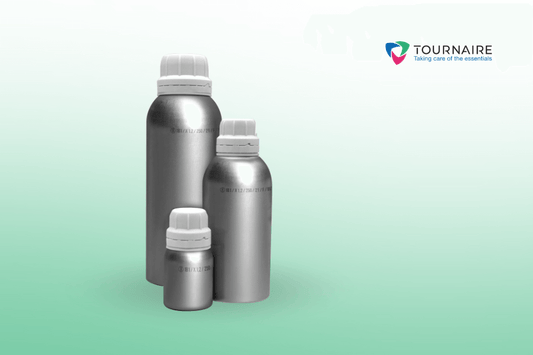Coffee is the second most traded commodity in the world (after crude oil). High global demand is one of the reasons coffee prices reached a record high last month, reaching $4.41 per pound, more than double the 2024 price. This price spike was also due to shortfalls in production, increased labour costs and supply chain disruption.
It’s hard to predict how the volatility of coffee prices will affect the UK’s taste for coffee. In recent years the UK speciality coffee market has shown significant growth, and it’s a sector that shows no sign of slowing down. A recent Mintel report estimates that by 2028, the UK’s spending on coffee could hit over £2.17 billion.
 The UK's thirst for quality coffee shows no sign of slowing down
The UK's thirst for quality coffee shows no sign of slowing downProtective Packaging for Coffee
Coffee is a valuable commodity, but it’s also perishable. It can quickly lose its flavour and aroma if it’s not stored correctly and for the UK’s coffee roasters, their packaging must protect their investment and their reputation.
There are three enemies of flavour that coffee packaging needs to provide a barrier against; light, moisture and air.
The ultraviolet rays from the sun can cause coffee molecules to degrade, and lose moisture, which impacts aroma and flavour. Opaque packaging, such as Invopak's black plastic tubs protects coffee from sunlight damage.
Dried goods and water don’t mix. Moisture can quickly affect the quality of the coffee. Damp coffee loses flavour, clumps, turns stale and can grow mould. The best coffee containers are waterproof and water-tight. Plastic containers are impermeable to water so they keep the coffee beans or ground coffee dry.
Exposure to air affects the quality of coffee in multiple ways. Firstly it loses aroma and flavour. Secondly, the oil in roasted beans can oxidise, turning the coffee rancid. And thirdly the beans tend to dry out when exposed to air, which can affect the coffee grind as well as the taste intensity. Whether you use plastic or metal containers, air-tight closures are essential for keeping the good stuff in and the bad stuff out!
Any container used for coffee must be certified food grade. And it makes sense to choose BPA-free plastics that won't leach chemicals that would affect the quality of the product.
Coffee beans will degrade quickly if they are exposed to light, moisture or air
The Coffee Industry Moves Towards Sustainable Packaging
Multi-material packaging, such as the foil-lined plastic pouches often used by coffee roasters, is amongst the hardest to recycle. This is because the pouches can’t be broken down into their separate components, so they can’t be recycled.
Pouches are also single-use products, and in a sector where provenance and sustainability matter, many in the industry are looking to switch to reusable alternatives.
Containers made from a single material, whether that’s metal or plastic can also be easily recycled after use. Black plastic tubs that are BPA-free and food grade are a practical re-usable option and are ideal for storing ground coffee and coffee beans. They're airtight, watertight and lightproof, so they'll protect your coffee from air, water and light damage.
As the price and popularity of coffee increase, the need for packaging that protects the environment as well as the coffee becomes more pressing. We stock a wide range of reusable containers that are ideal for coffee storage, including black buckets and tubs.
If you need any further advice about which type of packaging is right for your business then please get in touch, our team are here to help.
